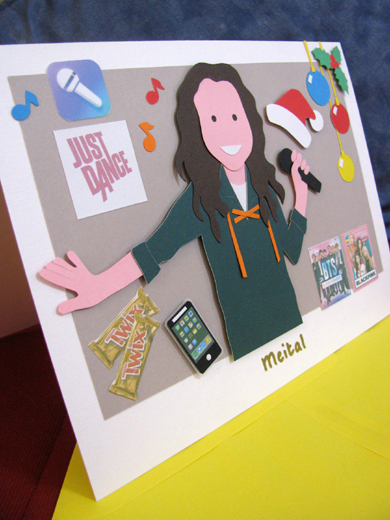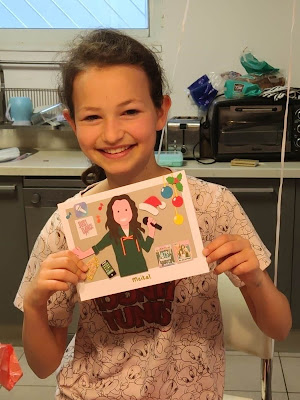It's time for me to post something about Israel once again, about the beautiful side of the country I live in. This post was written over a year ago, when we took a short break in Eilat, Israel's southernmost city. We planned to go again this last December, but the war in Israel meant that we were unable to travel there.
Neot Semadar is a kibbutz in the southern Negev desert, about 70 kilometres north of
Eilat. It was established in 1989 on the grounds of an abandoned kibbutz,
Shizafon. The founders, a group of ideological young people who met whilst
living in Jerusalem, shared a love of the desert, the desire to set up a
communal community and to create an oasis in the southern Negev.
The kibbutz members created an organic community, engaged in agricultural
waste recycling, and built eco-friendly homes. Their economy is based on
agriculture, with 500 dunams of organically cultivated vineyards,
olives, date plantations and a herb garden. The kibbutz also operates a
boutique organic winery and produces a variety of cheeses from fresh goat
milk. On our way to Eilat we stopped for lunch at their roadside restaurant, Pundak Neot Semadar,
which offers vegetarian food and sells the kibbutz's organic products. It was
delicious!
Before lunch we made a quick visit to the kibbutz's Arts Centre. Unfortunately it closes early several days of the week but, even though we arrived after their closing time, we got lucky and met a kibbutz member who was keen to show us around.
The Arts Centre is an architecturally unique building which serves as a gallery and studio for all of the artists living on the kibbutz. Many of their works of art are on display in the gallery located on the ground floor of the centre and a variety of workshops for stained glass, ceramics, textile, wood and metals are offered there. The building is insulated with mud bricks, with "air conditioning" supplied by a desert cooling tower. The Arts Centre was gradually constructed by kibbutz members over a period of 15 years. The entire kibbutz participated and there was no blueprint for the building. Instead, many techniques of architecture were studied and applied as they went along. The members developed a special way of casting a mosaic floor, a technique of moulding reliefs and sculptures in concrete, and applied some desert construction principles, such as the massive air cooling tower which is kept cool using a unique evaporative cooling system. There is a balcony at the top of the tower, from which you can look out over the expansive desert surrounding the kibbutz.
The Arts Centre is an architecturally unique building which serves as a gallery and studio for all of the artists living on the kibbutz. Many of their works of art are on display in the gallery located on the ground floor of the centre and a variety of workshops for stained glass, ceramics, textile, wood and metals are offered there. The building is insulated with mud bricks, with "air conditioning" supplied by a desert cooling tower. The Arts Centre was gradually constructed by kibbutz members over a period of 15 years. The entire kibbutz participated and there was no blueprint for the building. Instead, many techniques of architecture were studied and applied as they went along. The members developed a special way of casting a mosaic floor, a technique of moulding reliefs and sculptures in concrete, and applied some desert construction principles, such as the massive air cooling tower which is kept cool using a unique evaporative cooling system. There is a balcony at the top of the tower, from which you can look out over the expansive desert surrounding the kibbutz.
Residents of the Neot Semadar had never worked on a project outside of the desert until the world-renowned Turkish architect Sinan Kafadar sought out their expertise while finishing off the interior of the 226 room Waldorf-Astoria in Jerusalem. About 10 kibbutz members employed techniques regularly practiced on the colourful eco-friendly buildings at Neot Semadar to make wall panels, door frames and number signs on the rooms at the historic 1929 hotel.
A program of courses and seminars in the Arts Centre is offered to people from Israel and abroad. Students can learn a new art form, while staying in one of the kibbutz's eco-friendly bed and breakfast units with gorgeous views that overlook the fields. Each unit has its own balcony and herb garden. There is a communal kitchen outfitted with appliances, kitchenware and a communal dining area, and prepared meals can be booked ahead of time.I might just try one out one day.
*This post has been shared on The Good. The Random. The Fun., Wordless Wednesday (on Tuesday) and My Corner of the World.


























.png)


















































